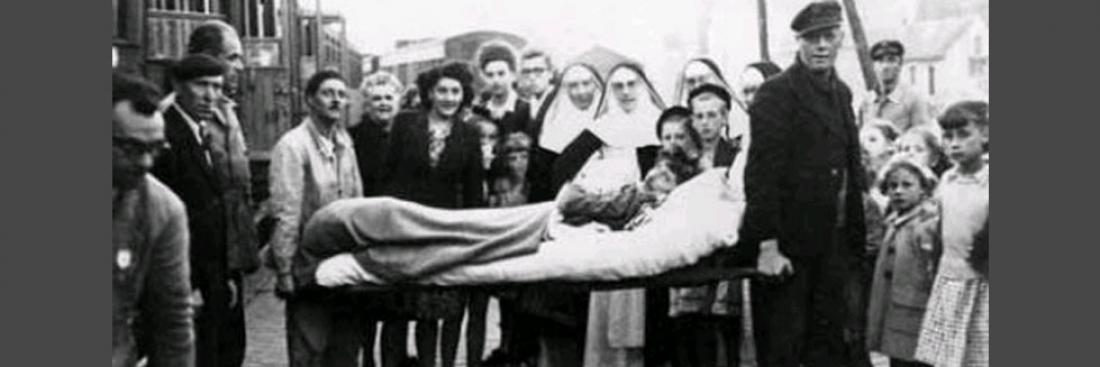
The people of Saint-Polois were unable to return home until the end of April 1945.
Prisoners at home...
Although France had been liberated, the Saint-Pol internment camp continued to hold those who did not want to leave. September 1944: the North liberated itself, and the noose was tightening around the Germans who were holed up in the Dunkirk Pocket, imprisoning no fewer than 12,000 Germans and 25,000 civilians. A truce was concluded on 4 and 5 October so as to evacuate almost all the civilians because a few uncooperative people, considered ”unproductive mouths to feed”, refused to leave. In order to better control them (and to get a hand on their food supplies), the occupants created four internment camps on 14 February 1945 at Coudekerque-Branche, Malo, Rosendaël and Saint-Pol.